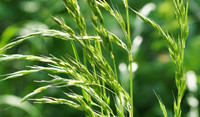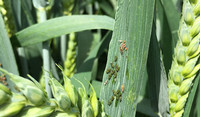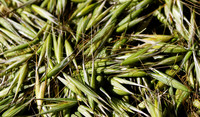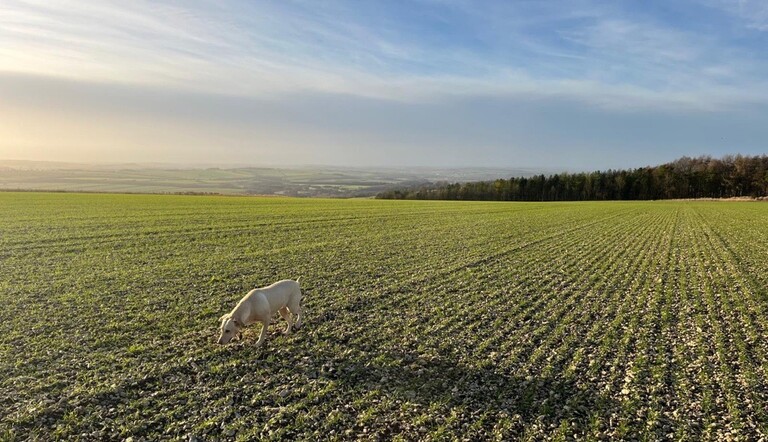
Regional Focus

Michael Farr – Regional Agronomy Manager for the SOUTH
For most growers across the south of England spring 2025 has been very dry (after a wet start to the year) typical of this is our ADAMA in action site at Larkhill in Wiltshire. The farm has had 20mm of rain since the end of February. Luckily, the site has good organic matter and is over chalk so the Wheat, WOSR and Spring Barley are in reasonable condition. Also give all the talk of new races of yellow rust the wheat has no yellow or brown rust and very low level of septoria even where fungicide inputs have been cut back (a lot different from 2024).
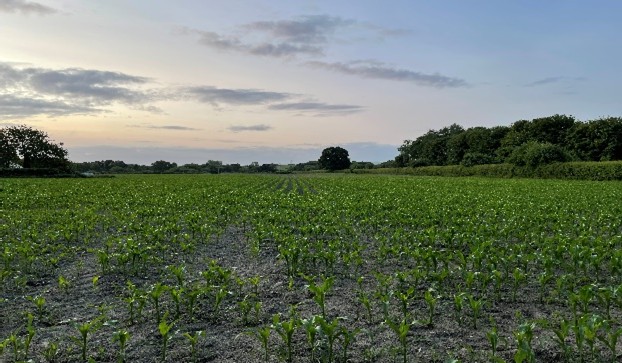
Timings of herbicides, fungicides, PGR and Fertilizers have been complicated given the unpredictable nature of rain fall events and the rapid speed of plant development. Late applications are very common this spring and many would have rather got the fertiliser on a little earlier. We are holding open events at all our AiA sites as there still has been Septoria pressure to manage but also when looking at the plots this summer we must consider what the fungicide applications have done to manage the extra drought stress.
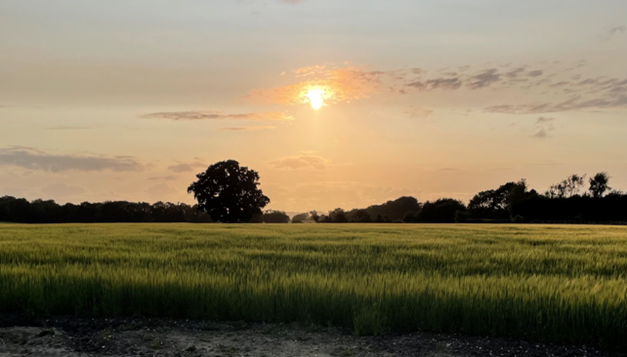
Please do get in contact if you would like to see the winter wheat plots including several of our latest products and our new Active Gilboa.
PS. Please monitor all crops for aphids as numbers are building quickly
David Griffiths – Senior Agronomy Manager for the WEST
Once again, another season has flown past and old phrases like 'no two seasons are ever the same' and don't farm off the back of last year' could never be more true. The driest Spring for 50 years has thrown up its own unique challenges for decision making on farm. Wheat crops in my area in the main seem to have just about coped with the dry conditions we have experienced and yield potential is still there as we enter the crucial grain filling period. Of course, there are crops on very light ground or where establishment was poor that have struggled and these have been managed appropriately. In the West, we know that septoria can quickly raise its head even when the perceptions of pressure have been low so T2 remains the most important timing. Any cutbacks at this time are a risk and where they have been made, some growers are being slightly more robust at T3 than they normally would have been, especially with rain and showers now in the forecast. Certainly at my regional ADAMAin Action Fungicide trials, septoria is making its way up the canopy and differences between weak and strong T1s are becoming apparent. Another month down the line and I expect these differences to magnify and T2 differences become visible. Please get in touch if you would like to have a look around the site.
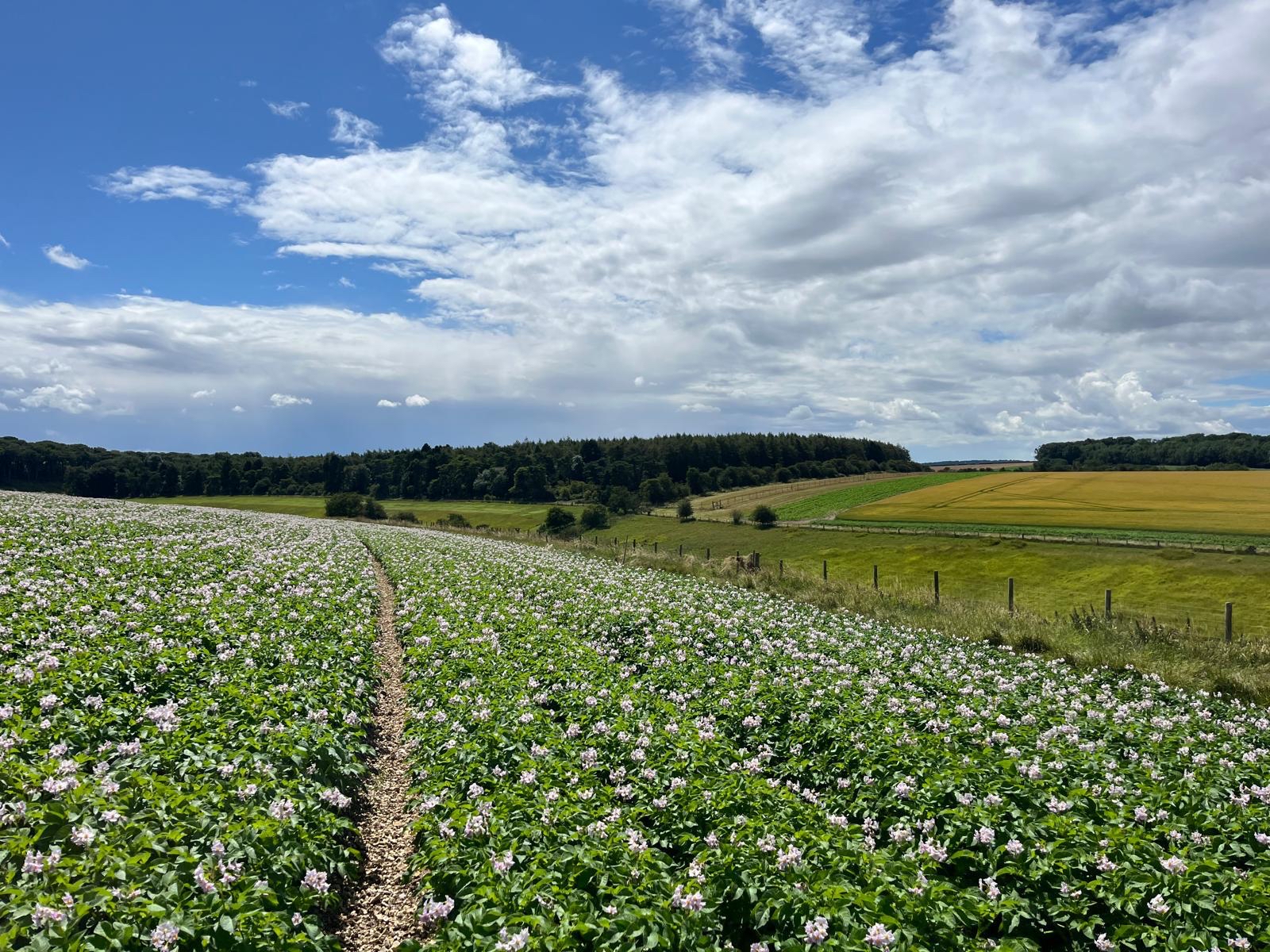
Spring crops are variable depending on how much moisture they have received but potential has definitely been reduced and crops are very short which could provide harvest challenges!
Certainly it has been a very challenging Spring for completely different reasons from Spring 2024; fingers crossed for some helpful weather over the next few months so crops can maximise whatever potential they may have for harvest before thoughts turn to another farming year beginning in the Autumn.
Holly Pratt – Senior Agronomy Manager for the East
- Winter barley starting to turn.
- OSR looking very good, with good pod set
- Spring barley at the paint brush stage, many crops getting one fungicide application this year, as the crop has raced through the growth stages.
- Sugar beet still a bit variable, but after 20mm of rain in the last week, and more forecast, I think they'll even up. Herbicides are still being applied, with the dry weather residuals have struggled, and with backward crops crop competition is an issue.
- Winter wheat looking OK. Can see some struggling on lighter land, but otherwise not bad. Disease level low, but again with the rain we've had, and also forecast this week, there's the possibility of Septoria moving through the crop now.
- AiA site had good level of disease, with septoria on leaf 3 as of the end of May. looking forward to meeting teams in late June

Alexandria Bell – Regional Agronomy Manager for the NORTH EAST
Lets start in the typical British fashion and talk about the weather. It likes to keep us on our toes. Never thought I would see growers irrigating cereal crop but 2025 was the year.
We have had a particularly dry start to the year but believe it or not plenty of moisture in the soil. So crops haven’t been too stressed at early growth stages and have grown rapidly with the warm weather. The main concern in cereals is the confirmed yellow rust resistant gene (YR15) break down which was first confirmed in the North East. There’s been a few instances of BYDV in the region.
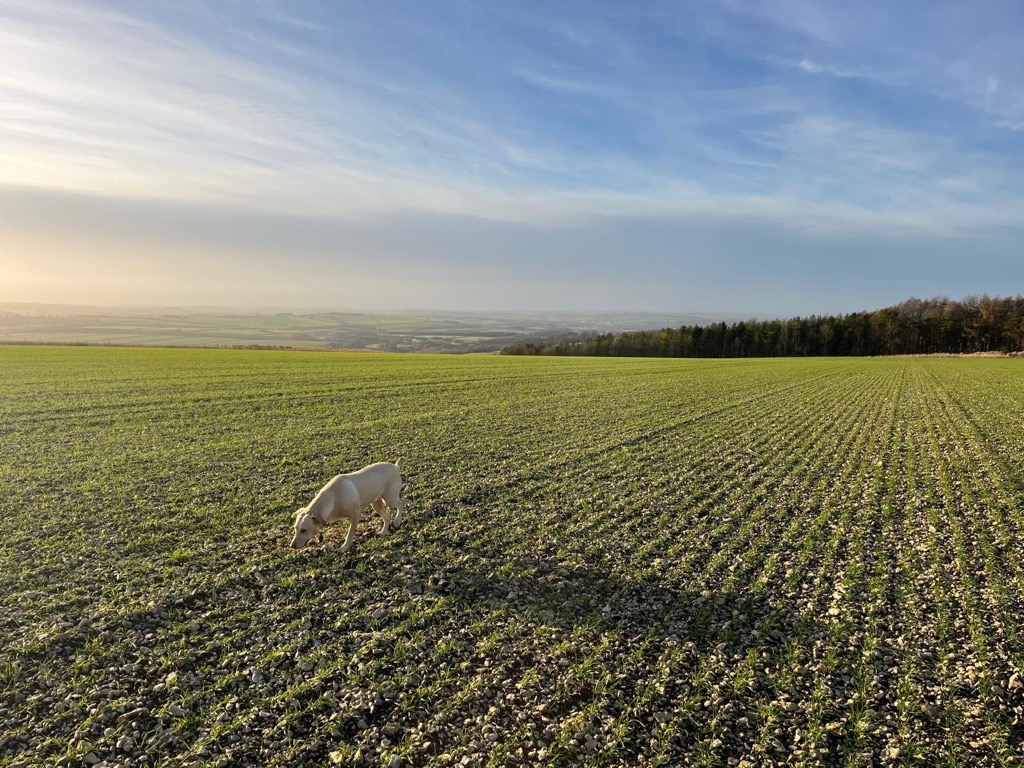
Oil seed rape has had a very good season so far following an extremely poor one last season due to CSFB pressure. Pods are set and it will be interesting to see how they yield come harvest.
Potatoes have managed to get into the ground particularly early this year. With growers not wanting a repeat of last season. Peach potato Aphid first flights appear to be earlier than usual, with seed growers hoping the worst have been but being very vigilant to treat early.
The last two weeks have seen much sporadic localised rain fall. Which has timed itself well for grain fill.
Sugar beet establishment and weeds control has been a challenge due to drier weather conditions and residuals not having a lasting effect.
Alexandria Bell – Regional Agronomy Manager for SCOTLAND
Scottish seed potato crops have also seen early Aphid flights with SASA predicting the 29th May to be first in Edinburgh but the actual being the 20th April. 3-4 weeks early appears to be typical for the whole of Scotland this season.
Crop went in well but have suffered on lighter soils.
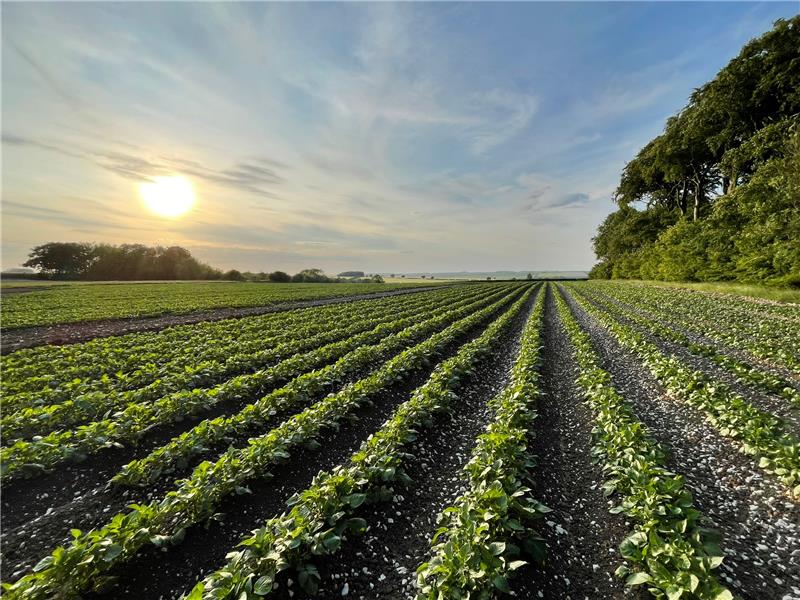
OSR has stopped flowering and is looking very dapper.
Fodder beet in the ground being slow in establishment and weed control has been challenging due to drying conditions impacting the affectedness of residuals.
